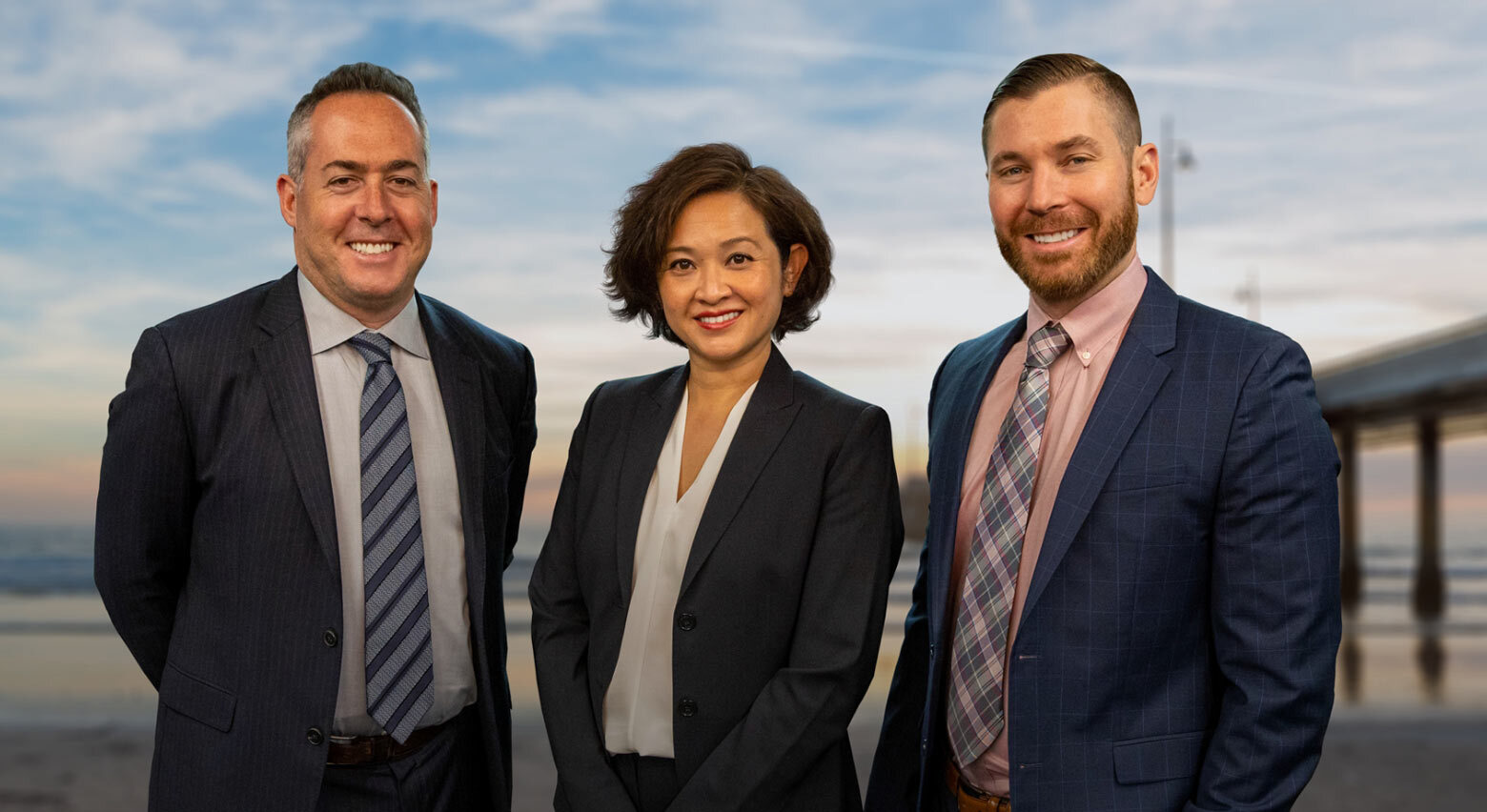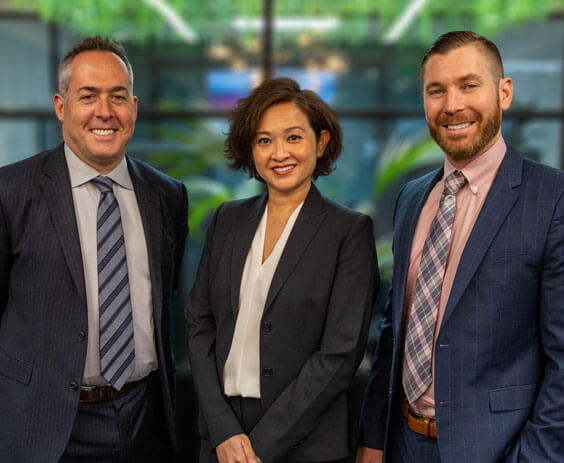Slip and fall accidents happen fast—but the legal process that comes afterward is usually anything but quick. If you’ve been hurt in a slip and fall in California, you might be wondering how long your lawsuit will take. The truth is, there’s no simple answer because every case is different. Some are settled in just a few months. Others can take a year or more.
This guide will walk you through what actually happens during a slip and fall lawsuit in California and what can affect the timing. Whether you’re still recovering from your injury or just want to understand what lies ahead, this will help you feel a little more prepared.
First Things First: Getting Medical Care
Before any legal action even begins, the first step after a fall is to get medical help. Even if you think your injuries aren’t too serious, it’s important to see a doctor. Not only for your health, but also because medical records are key in a lawsuit.
If you wait too long to get treated, the other side might argue that your injuries weren’t caused by the fall—or that they’re not as bad as you say. So, take care of yourself and document everything from the beginning.
When Does the Clock Start?
In California, you generally have two years from the date of the injury to file a lawsuit. This is called the statute of limitations. If you don’t file within that time, you might lose your chance altogether.
That doesn’t mean you should wait the full two years, though. The sooner you start the process, the better chance you have of gathering strong evidence and getting your case moving.
The Timeline of a Slip and Fall Lawsuit
While no two cases follow the exact same path, most slip and fall lawsuits move through similar steps. Here’s a basic timeline of what to expect:
- Investigation and Case Building (1–3 months)
Once you hire a personal injury lawyer, they’ll start gathering evidence. This includes things like:
- Photos or videos of where you fell
- Witness statements
- Medical records and bills
- Accident reports (if available)
- Property records (to find out who owns or manages the space)
This part is all about building a strong case that shows how the property owner was careless and how that caused your injuries.
- Filing the Lawsuit (1–2 months)
Once your lawyer has enough information, they’ll officially file the lawsuit in court. This starts the legal process.
The other side—usually a property owner or a business—will then be notified. They’ll have a chance to respond. This is where the clock really starts ticking.
- The Discovery Phase (3–6 months or more)
Discovery is a legal word for the part where both sides share information. It includes things like:
- Answering written questions
- Giving sworn statements (called depositions)
- Sharing documents and other evidence
This phase can take a while, especially if one side delays or argues over what should be shared. But it’s an important part of the process that helps each side understand the strengths and weaknesses of the case.
- Negotiation and Settlement Talks (Ongoing)
Not every slip and fall case goes to court. In fact, many settle out of court. That means the other side offers money, and if you agree, the case ends there.
Settlement talks can happen at any point, but usually pick up after discovery. If both sides see that going to court could be risky, they’re more likely to reach a deal.
Some cases settle in a matter of months. Others take longer. It often depends on how serious your injuries are, how strong your case is, and whether the other side is willing to be fair.
- Going to Trial (If Needed – 1 year or more)
If settlement doesn’t happen, the case moves toward trial. This can stretch things out quite a bit.
Court schedules are often crowded, especially in California. So even if you’re ready, the trial might not happen for several months—or even longer. Once it does, the trial itself might last anywhere from a day to a few weeks.
But remember: just because a lawsuit is filed doesn’t mean it will go all the way to trial. Many settle before that point.
Things That Can Slow the Case Down
There are a few common reasons a slip and fall case can take longer than expected:
- The other side is dragging their feet – Some insurance companies purposely delay in hopes that you’ll give up or take a low offer.
- Your medical treatment is ongoing – If you’re still getting treated, it’s hard to know the full cost of your injury. That can slow settlement talks.
- Disputes about who’s at fault – If the property owner denies blame, the case may take longer to resolve.
- Serious or permanent injuries – Larger claims usually get more pushback and take longer to settle.
Can You Speed Things Up?
While you can’t control every part of the legal process, there are things you can do to help your case move more smoothly:
- Get medical treatment early and follow through
- Keep all records and documents organized
- Stay in touch with your lawyer and respond quickly
- Be patient but ask questions if things seem stalled
Having an experienced attorney who knows how to handle slip and fall cases in California can also make a big difference. They’ll know how to deal with delays and pressure the other side when needed.
Why It’s Worth the Wait
Waiting months—or even a year or more—for a lawsuit to resolve isn’t easy. But if your injury was serious and your life was affected, the outcome can be worth it. A successful claim can help you recover costs for:
- Medical bills (past and future)
- Lost wages or job impact
- Pain and emotional stress
- Help at home or long-term care
A rushed settlement might not cover everything you need. Sometimes, holding out a little longer means getting what you truly deserve.
Need Help with a Slip and Fall Case? Call Us Today
At Kohan & Bablove Injury Attorneys, we help people in California stand up after serious accidents—physically and legally. If you’ve been hurt in a slip and fall Orange County, don’t guess your way through it. Call us at (949) 287-8248 for a free consultation and find out how we can help you move forward.

Kohan & Bablove Injury Attorneys was founded by three former defense attorneys who were tired of helping insurance companies and big corporations save money by paying the least amount possible to resolve claims. We wanted to open a law firm where we could use our years of experience handling the toughest and largest claims to benefit the individual. Each of us were tired of being cogs in the wheel that focused on paying the least amount possible to injured persons regardless of injuries or the validity of their claims.


